Cars are more than just a way to get around; they’re practically our second homes. We spend countless hours inside them, and their appearance often reflects our own sense of pride and care. After investing in a professional detailing session, you want that showroom shine to last as long as possible. But how exactly do you maintain your car between those thorough detailing appointments? Let’s dive into the step-by-step approach to keeping your vehicle looking (and feeling) fresh at all times.
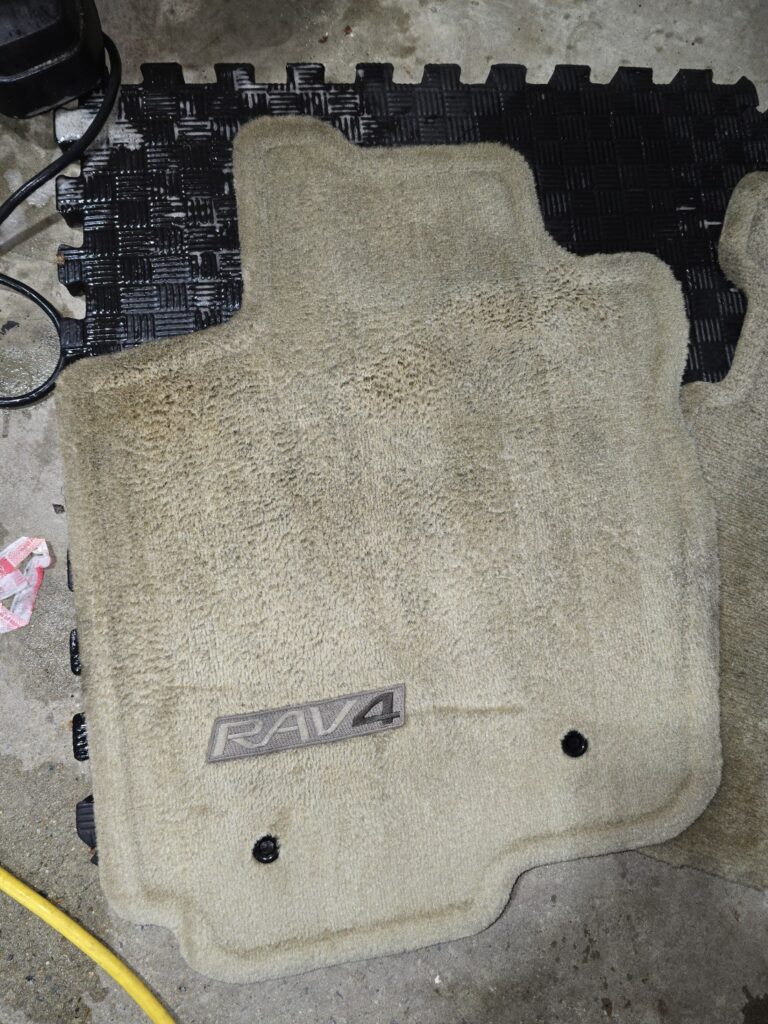
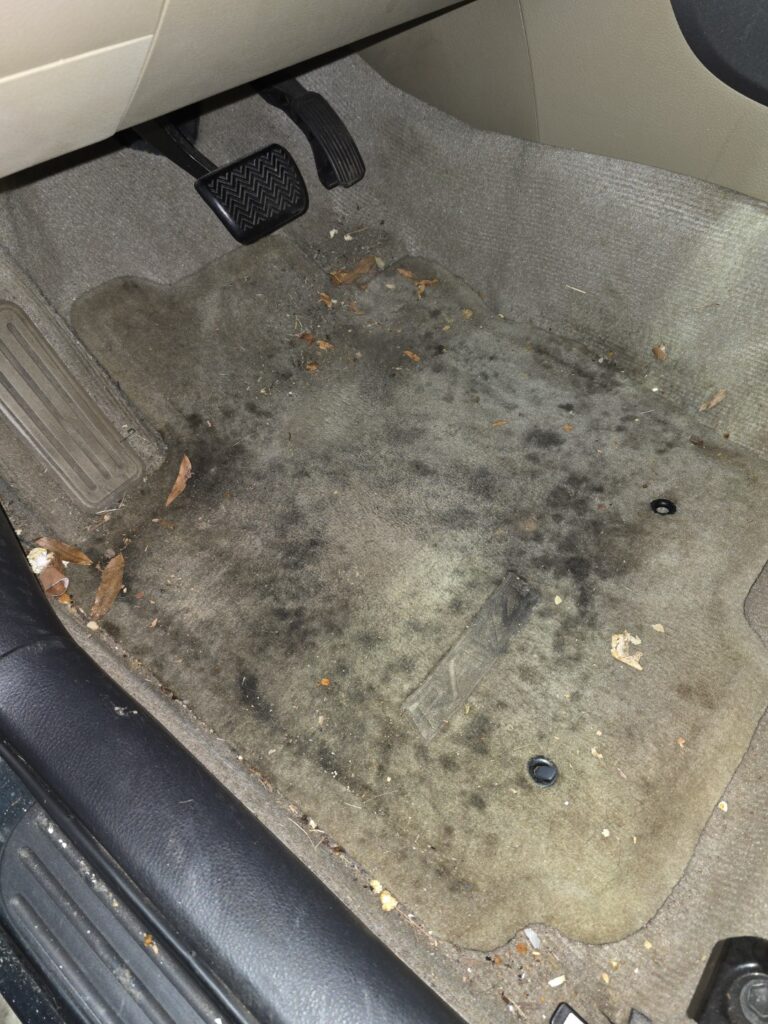
Understanding the Basics of Car Maintenance
The Importance of Regular Upkeep
Think of your car as a living entity that needs consistent attention. Regular upkeep is key because it prevents small issues from escalating into big problems. A bit of dust on the dashboard one week can turn into a stubborn stain the next, and ignoring minor scratches can lead to more extensive paint damage. Staying on top of your maintenance game ensures that when you finally take your car in for a professional detail, the process is smoother and faster—possibly even cheaper.
Common Mistakes Car Owners Make
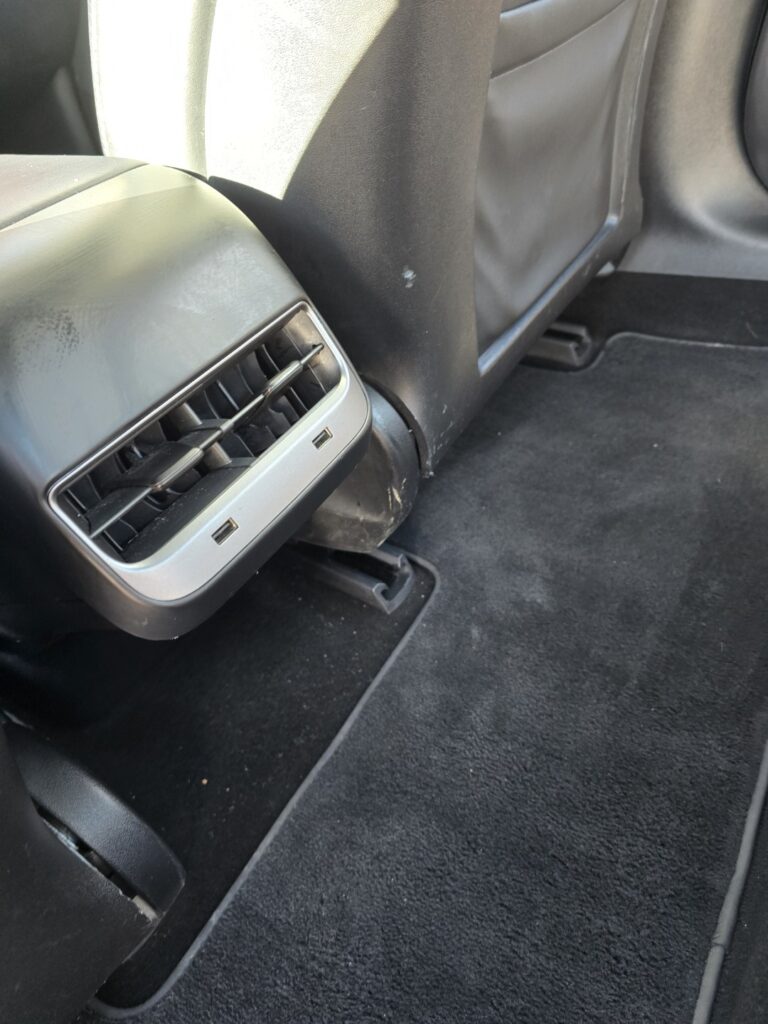
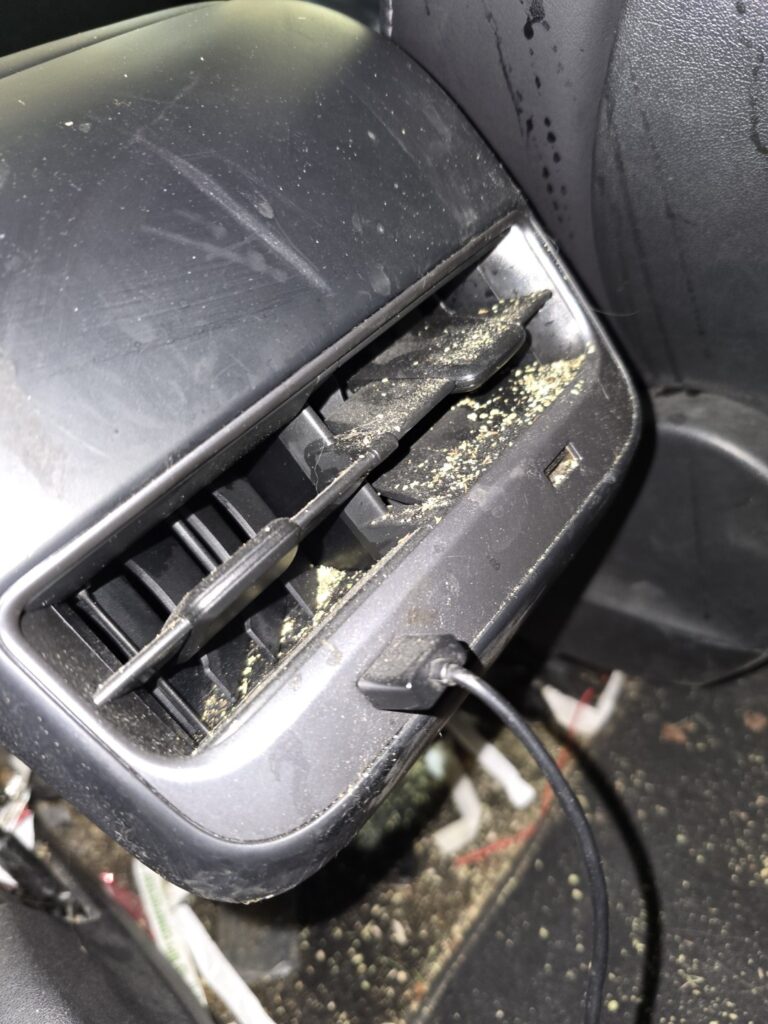
One common slip-up is thinking that a quick wipe with a dirty rag is enough to clean the surface. This not only fails to remove grime but can also spread abrasive particles that scratch your paint. Another frequent error is neglecting to address spills promptly—coffee stains and food crumbs only get harder to remove over time. Lastly, many people skip important checks like fluid levels or tire pressure, assuming they can rely on routine services alone. A proactive approach is the secret sauce for keeping your car in top-notch condition.
Weekly Cleaning Routine
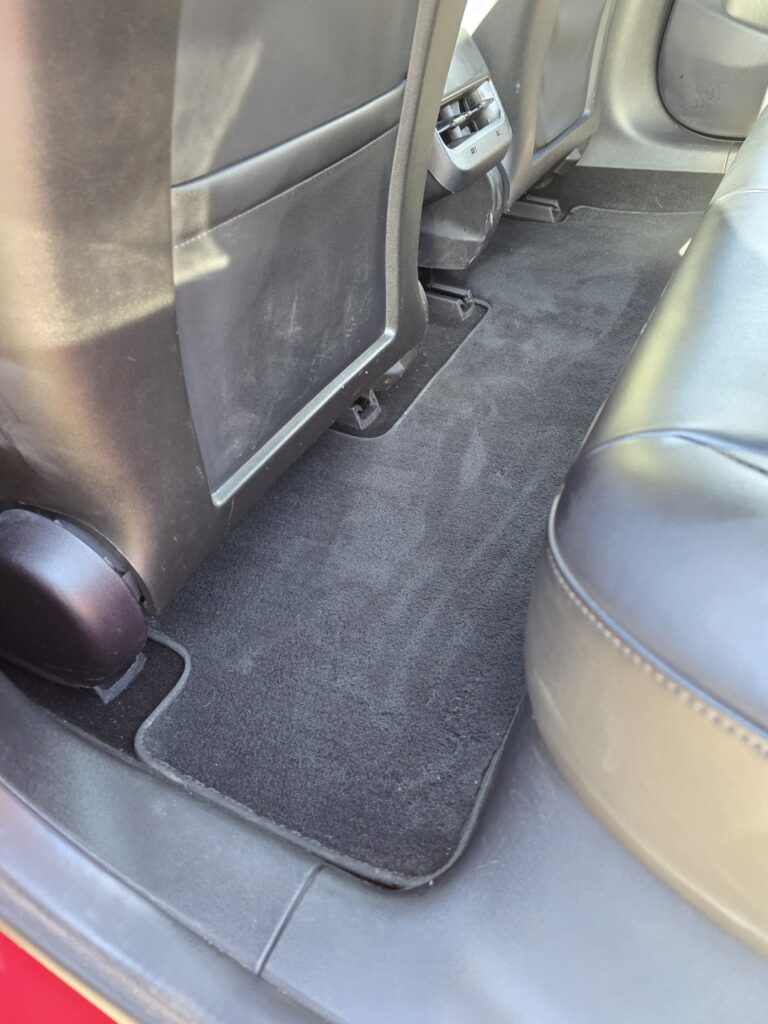
Gathering the Right Cleaning Supplies
Before you roll up your sleeves, make sure you’re armed with the right tools. Soft microfiber cloths, non-abrasive sponges, mild car-cleaning solutions, and specialized brushes will do wonders. Using subpar cleaning products can strip the wax off your car’s paint or leave behind unwanted residues. Think of it like cooking; you need fresh, high-quality ingredients to get the best results.
Maintaining the Exterior
Your car’s exterior faces the brunt of environmental elements—rain, dust, bird droppings, and maybe even the occasional tree sap. Set aside some time each week to gently rinse off the exterior. If you spot any tough contaminants like sap or dried mud, address them immediately. A quick spot-clean can go a long way in preserving that glossy finish. You don’t always need a full wash; sometimes a targeted approach will suffice.
Tips for Interior Care
The inside of your car can become a magnet for clutter—receipts, empty cups, and snack wrappers. Make it a habit to do a mini cleanup once a week. Vacuum the floor mats, wipe down the dashboard, and tackle any sticky surfaces with a mild interior cleaner. Also, keep an eye on the condition of your seats. Leather conditioners or fabric protectants can prevent wear and tear, helping your interior look as good as new.
Proper Washing Techniques
Tools You Need
A bucket or two (one for soapy water, another for rinsing), a high-quality car shampoo, a soft wash mitt, and a grit guard for the bottom of your bucket are essentials. The grit guard helps trap dirt and debris, preventing them from getting back onto your wash mitt and scratching your paint. Meanwhile, a specialized wheel brush and wheel cleaner ensure you can reach the tight spots in your rims without damaging them.
Step-by-Step Wash Process
- Rinse: Start by rinsing off loose dirt and debris with a hose or pressure washer.
- Soapy Water: Dip your mitt into the soapy bucket and wash the car in sections, from top to bottom. This prevents dirt from the bottom from transferring to the top.
- Rinse Mitt: After each section, dunk your mitt in the rinse bucket to remove any trapped particles before you load up on more soapy water.
- Focus on Wheels Last: Wheels are often the dirtiest part of the car, so leave them for last to avoid contaminating your wash mitt with brake dust and grime.
Drying Without Leaving Marks
Leaving your car to air-dry might seem harmless, but it can result in water spots that ruin your otherwise perfect wash. Microfiber drying towels or waffle-weave towels are your best friends here. Gently pat the surface instead of dragging the towel across to minimize the risk of micro-scratches. If you’re in a sunny spot, work quickly in sections so water droplets don’t get a chance to evaporate and leave marks.
Waxes, Sealants, and Protective Coatings
Types of Protectants
Cars can benefit from layers of protection that go beyond just a good wax. You’ll find a variety of options:
- Carnauba Wax: Gives a warm, glossy shine but might need frequent reapplication.
- Sealants: Usually polymer-based and tend to last longer than wax, offering a more durable shield.
- Ceramic Coatings: Provide a semi-permanent protective layer that can last months, even years, depending on the product and application.
The choice often comes down to your budget, lifestyle, and how much effort you’re willing to invest.
How Often to Reapply
A good rule of thumb is to reapply a protectant whenever water stops beading on the surface or your finish looks dull. For waxes, this could be every month or two. Sealants usually last around six months, while ceramic coatings can keep shining for a year or more if maintained properly. Paying attention to your vehicle’s appearance and performance (like how easily contaminants rinse off) can guide you on when it’s time for a refresher.
Maintaining Tires and Wheels
Tire Pressure and Tread Checks
Your tires are your link to the road, so show them some love. Keeping them at the proper pressure not only improves fuel efficiency but also helps maintain balanced wear. You can find the recommended pressure in your car’s manual or on a sticker in the doorjamb. Tread depth is equally critical—bald tires lead to poor traction and can be downright dangerous in wet conditions. Use the penny test or a specialized tread gauge to ensure you’ve got enough rubber left on the road.
Preventing Brake Dust Buildup
Brake dust can be corrosive over time, especially on alloy or chrome wheels. Regularly rinsing or wiping down your rims helps, but consider using a dedicated wheel cleaner for stubborn grime. Also, waxing your wheels (yes, you can wax wheels!) creates a protective layer that makes brake dust easier to wash away next time.
Engine Bay Maintenance
Checking Fluid Levels
An often-overlooked part of car care is under the hood. Checking fluid levels—oil, coolant, brake fluid, and transmission fluid—keeps your car running like a well-oiled machine. Low or old fluids can lead to severe engine trouble. Make a habit of checking these at least once a month, or before you embark on a long road trip. It’s a simple act that can save you from costly repairs and the inconvenience of a breakdown.
Cleaning the Engine Bay
A clean engine bay isn’t just about aesthetics. When you clear away dirt, debris, or greasy buildup, you’re more likely to spot potential problems like leaks or frayed belts. Start by covering sensitive components like the alternator or any exposed wiring. Then, use a low-pressure wash or a detailing spray designed for engine bays. Finish by wiping down surfaces with a clean microfiber towel. Done periodically, this keeps your engine looking new and running smoothly.
Dealing with Spills and Stains
Immediate Action Steps
We’ve all been there—morning coffee tips over or your child’s juice box leaks on the seat. The trick is to act fast. The longer a spill sits, the more it seeps into fabrics or leaves behind stubborn marks. Blot (don’t rub!) the liquid with a clean cloth or paper towel. If you rub, you risk pushing the stain deeper into the material. Immediate attention can make a world of difference, preventing long-term discoloration or odors.
DIY Cleaning Solutions
Not every spill requires expensive, specialized cleaners. Often, mild soapy water or a mix of vinegar and water can tackle basic stains. For upholstery and carpets, an all-purpose interior cleaner usually does the trick. If you’re a bit of a DIY enthusiast, consider making your own solution with gentle dish soap and warm water, plus a dash of baking soda for extra deodorizing power. Spot-test any solution on an inconspicuous area first to ensure it doesn’t cause discoloration.
Odor Control
Identifying Common Odors
Cars can develop odd smells over time, from leftover fast-food bags to hidden mold under the carpets. Smoking, pets, and even humid weather can contribute to unpleasant odors. Identifying the source is half the battle. Is it coming from the vents, the seats, or maybe the trunk? Once you track it down, you can plan your odor-eliminating strategy more effectively.
Effective Odor Neutralizers
Baking soda, charcoal bags, and even coffee grounds are known to absorb unwelcome scents. If your car’s AC vents are the culprit, using an AC cleaner or foam can help. For persistent issues, an ozone treatment done by professionals can completely neutralize odors at a molecular level. However, if you maintain a regular cleaning schedule and deal with spills promptly, you’ll usually avoid nasty smells from ever taking hold.
Seasonal Maintenance Tips
Summer Maintenance
Hot temperatures can be tough on your car’s interior materials, causing cracks and fading. Use windshield shades to protect the dashboard, and park in shaded areas when possible. Check your coolant levels more frequently because overheating can strike on scorching days. Also, consider investing in seat covers if you have leather seats—they can get uncomfortably hot and are more prone to drying out in the summer sun.
Winter Care
Snow, salt, and grime are your enemies in winter. Salt accelerates corrosion on your car’s undercarriage, so rinsing it off regularly is a must. You might also want to switch to winter-grade wiper fluid that won’t freeze in cold temperatures. Keep your tires in check; consider winter tires if you live in an area with heavy snowfall. A quick interior vacuum to remove salty snow residue will help prevent mold and musty odors.
Parking and Storage Best Practices
Minimizing Sun Exposure
UV rays can do a number on both your interior and exterior. If possible, park in a garage or under a carport. If you have to leave your car outside, a quality car cover is your next best bet. Just make sure the cover is clean. A dirty cover can rub abrasive particles into your paint on windy days, ironically causing more harm than good.
Avoiding Harsh Weather
Not everyone has the luxury of a garage or covered parking. If a rainstorm is coming and you’re stuck parking outdoors, a quick detail spray and protective coating can be a lifesaver. The protective layer makes it harder for acid rain or pollutants to stick to your car’s surface. In windy conditions, watch out for flying debris, and if hail is a possibility, look for alternative places to park—shopping mall garages, for example.
Maintaining a Routine
Scheduling Monthly Checkups
Schedule a monthly mini-inspection. This can include checking tire pressure, fluid levels, and a quick test of all the lights. Doing so can uncover minor issues before they spiral out of control. Think of it like going to the gym; a little consistent effort beats a sporadic, all-out approach.
Keeping a Maintenance Log
Keeping a log of everything from oil changes to when you last waxed can help you stay organized. It’s also incredibly useful if you ever decide to sell your car—the new owner sees a detailed record, which can raise your vehicle’s resale value. Just jot down the date, the type of service performed, and any notes on the car’s condition. A simple notebook or a dedicated app will do the job.
The Role of Professional Detailing
When to Visit the Pros
Even the most diligent care routine can’t replace a professional’s touch. Plan to visit a detailer at least twice a year—more if you frequently drive in harsh conditions. Professionals have access to specialized tools, high-grade products, and techniques that can address paint correction, headlight restoration, or deeper interior cleaning tasks you might not be able to handle on your own.
Detailing vs. DIY
There’s a sense of pride in doing some tasks yourself, and weekly cleaning is certainly manageable for most car owners. But professional detailing is akin to a spa day for your vehicle—expert care, advanced products, and meticulous techniques that go far beyond your everyday routine. While DIY is great for maintenance, professional detailing ensures your car remains in tip-top shape over the long haul.
Eco-Friendly Maintenance
Environmentally Conscious Cleaning Products
If you’re concerned about the impact of chemicals on the environment (and your health), look for eco-friendly cleaning products. Biodegradable shampoos and waterless wash solutions cut down on water waste. Plus, many green products are free of harsh chemicals that can harm your car’s paint or your skin. Being kind to the environment doesn’t mean sacrificing quality results—plenty of brands now offer sustainable lines that work just as effectively as traditional formulas.
Recycling and Disposal of Waste
Changing your car’s oil or emptying your cleaning products? Dispose of those materials responsibly. Many auto parts stores offer free recycling for oil and car batteries. Containers for cleaning solutions can often be rinsed and recycled with your household recyclables. Keeping harmful chemicals out of drains and landfills is a small but meaningful step toward a cleaner planet.
Preparing for Your Next Detailing Appointment
What to Do Beforehand
If you have a detailing appointment coming up, a quick wash or rinse can help remove large chunks of dirt or debris, allowing the detailer to focus on deeper tasks. Make sure to clear out personal items so they have full access to every nook and cranny. This also ensures they won’t accidentally throw out anything important you might have tucked away in the glove compartment or trunk.
Communicating with Your Detailer
Detailers are experts, but they’re not mind-readers. If you have specific concerns—like a stain that just won’t come out or a particular smell you want gone—let them know. Also, discuss your car’s maintenance history and any specialized products you’ve already been using. A simple conversation can go a long way in helping them deliver the best results, so you drive away feeling like you just rolled off the lot.
Conclusion
Maintaining your car between detailing appointments is a combination of consistent cleaning habits, using the right products, and addressing minor issues before they balloon into bigger problems. A little effort each week—like vacuuming the interior or giving the exterior a rinse—can preserve your car’s polished look and extend the life of protective coatings. Throw in some seasonal care, a focus on eco-friendly products, and a proactive approach to fluid checks, and you’ll find that your car remains in near-showroom condition almost year-round.
Remember, these steps don’t replace professional detailing but rather complement it, making every visit to the detailer more about enhancement than rescue. Keep up a routine, listen to your car’s needs, and you’ll enjoy a gleaming, well-maintained vehicle that turns heads wherever you go.
FAQs
- Q: How often should I vacuum my car’s interior?
A: Aim for at least once a week if you regularly eat or drink in your car. For lighter use, bi-weekly or monthly might be sufficient, but consistency is key to preventing odor buildup. - Q: Can I use dish soap to wash my car’s exterior?
A: It’s best to avoid dish soap because it can strip protective wax or sealant. Invest in a specialized car shampoo that is designed to be gentle on your car’s finish. - Q: Do I really need to detail my car if I clean it weekly?
A: Regular cleaning helps maintain your car, but professional detailing offers a deeper level of care and correction. Think of it as fine-tuning your car’s appearance. - Q: Is it okay to use leather conditioner on vinyl seats?
A: Leather conditioner is formulated for leather surfaces. For vinyl, use products specifically made for vinyl to avoid causing discoloration or a sticky residue. - Q: What’s the benefit of keeping a maintenance log for my car?
A: A log helps you track all services, from oil changes to wax applications. It keeps you organized and can add value to your car if you ever decide to sell it.
